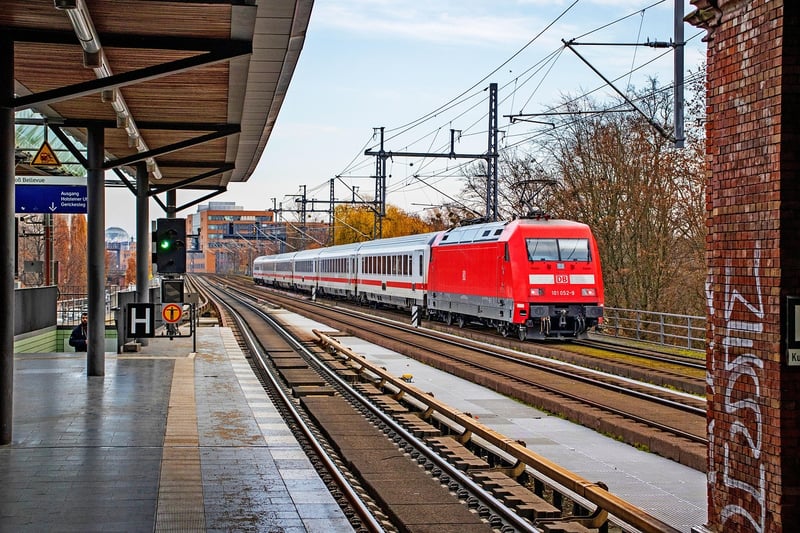How They Work
Mechanisms of Travel and How They Work
Introduction
Travel is an essential part of our lives, enabling us to explore new places, visit loved ones, and experience different cultures. The mechanisms of travel have evolved over time, offering various modes of transportation to suit different needs and preferences. In this article, we will delve into some common mechanisms of travel and how they work.
1. Automobiles
Automobiles, commonly known as cars, are one of the most popular modes of transportation globally. These vehicles operate using internal combustion engines that convert fuel into mechanical energy. When the driver presses the accelerator, fuel is mixed with air in the engine's cylinders, creating small explosions that move the pistons. This motion is transmitted to the wheels, propelling the car forward.

2. Airplanes
Airplanes are a common choice for long-distance travel. These aircraft rely on aerodynamic principles to generate lift and overcome gravity. The engines provide thrust by pushing air backward, propelling the plane forward. As the plane moves faster, the air flowing over the wings creates lift, allowing the aircraft to take off and stay airborne.

3. Trains
Trains are a reliable and efficient mode of transportation for both passengers and goods. They operate on railway tracks using locomotives powered by diesel or electricity. The wheels of the train are connected to the engine, which drives them forward through friction with the tracks. The train's design allows it to distribute weight evenly, making it suitable for carrying heavy loads.

4. Ships
Ships are crucial for maritime transportation, carrying goods and passengers across oceans and seas. These vessels float on water due to buoyancy, which results from displacing an amount of water equal to their weight. Ships are powered by engines that drive propellers, pushing water backward and propelling the vessel forward.

Conclusion
Understanding the mechanisms of travel enhances our appreciation for the technology and engineering behind our everyday modes of transportation. Whether you're driving a car, flying in an airplane, riding a train, or sailing on a ship, each mode of travel operates on fundamental principles that make global mobility possible.
Next time you embark on a journey, take a moment to consider the fascinating mechanisms at work that enable you to reach your destination swiftly and safely.
